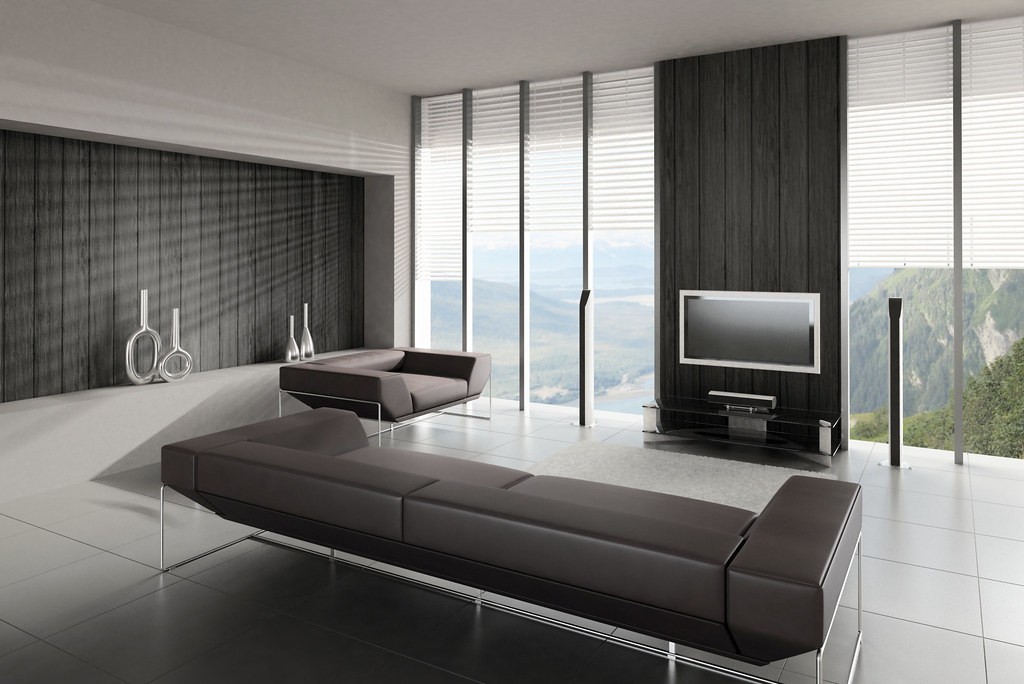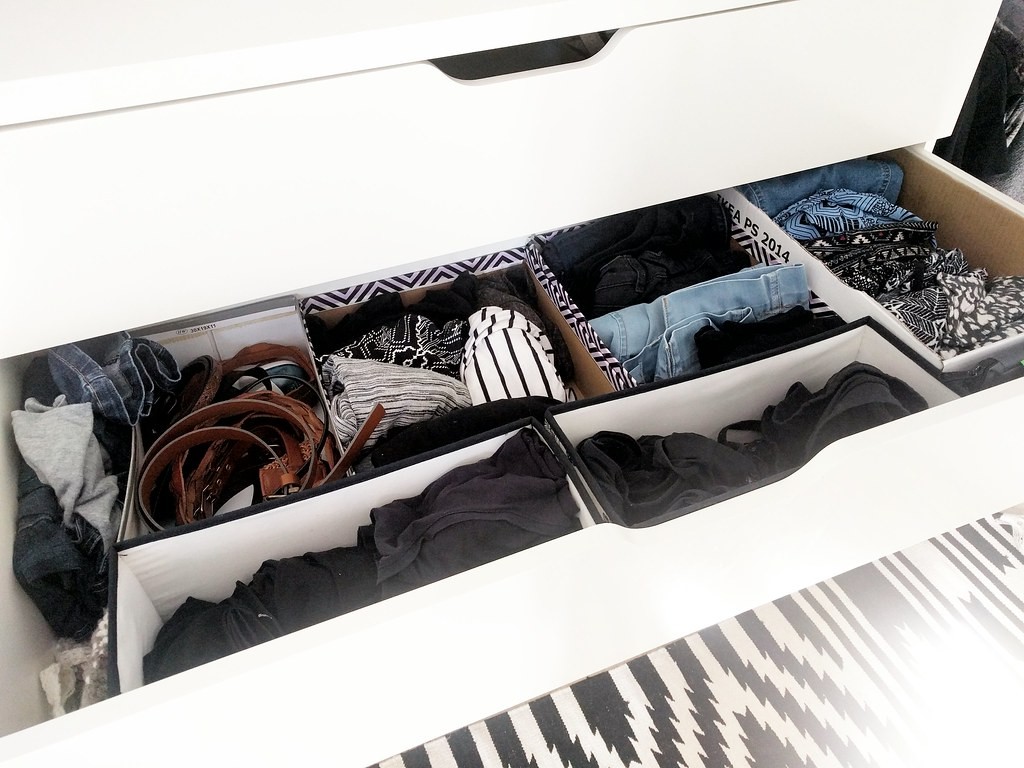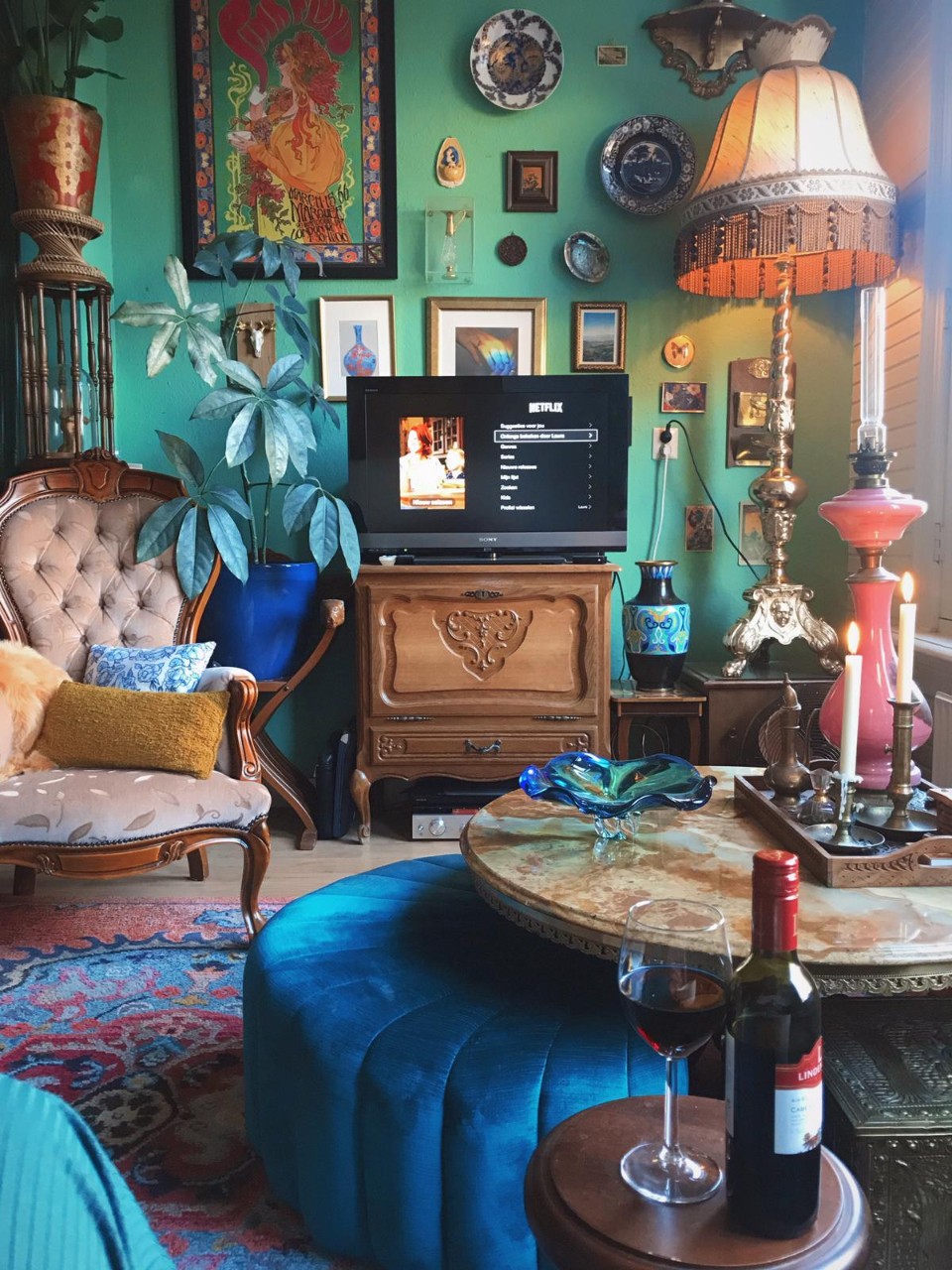Not so long ago my Pinterest board was a long scroll of white walls, beige pillows, and concrete countertops. What was minimalistic design, if not the epitome of sophistication? I was mesmerised by the sleek, Scandinavian design I’d see everywhere.
Over the last decade, minimalism peered its polished head around every corner, cropping up in all our feeds. Stuck in a pit of the financial crisis — we were starving for something meaningful to latch onto.
Becoming unemployed was not the glamorous introduction to minimalism we’d all imagined, but that's how it was for most of us. Meanwhile, the Steve Jobs' of the world could choose exactly how and why they wanted to live this sleek, minimalist lifestyle. Ahh, privilege.
Part of the idea is that you rid your home of anything that doesn’t serve a greater purpose — anything that doesn’t help you become your most productive, successful self. The juice detox of the home if you will. A life of simplicity. Who doesn’t want that?
Minimalism seeped into all aspects of lifestyle and design. I too wanted to be draped in COS, lounging on an earth-toned couch, lit by a bare bulb at my local cafe. There wasn’t one perfect prototype of a minimalist; you could be living a picturesque nomadic lifestyle in your van, or epitomising the minimalist aesthetic in your wardrobe. Maybe you did both.
Whatever form of minimalism you subscribed to, it was a great way to relieve the pounding headache of consumption culture. A way to prove to the world that more meaning could be created with less.

Minimalism for a clearer headspace
I think we can all agree that tidying up helps to alleviate anxiety. A hoover might even be man’s new best friend. A clean and decluttered home helps our minds feel decluttered. Naturally, how we style our homes also has a big impact on our psyche and vice versa. People love to Kondo their way out of a chaotic headspace.
The organizational guru herself says owning only items that spark true joy will bring “you closer to who you are as a human being, and [can help] you identify what you like, what kind of values you have, and what kind of lifestyle you want to live.”
Several minimalist authors came to the realisation that owning more things didn’t make them happier. Their lives pre-minimalism was one of stress — largely from having to manage too many possessions. To them, minimalism was a gateway to freedom and autonomy.
There was already so much going on in our online worlds, did our offline world need to be the same? We began to question if we owned our belongings or if they (and consumerism as a whole) owned us.

Mental turmoil during the pandemic
Clarity of mind quickly flew out the window when COVID-19 reared its ugly head. Bombarded with anxiety-inducing information, we lost many parts of ourselves that used to be out in the world; the bits and pieces that made up our identity.
The sport we played, the people we saw, the clubs we went to — all these things helped us feel whole. Now our entire identity was tied up in our homes. Worry and loneliness were at an all time high, along with reported symptoms of anxiety and depression, stemming from repeated lockdown extensions.
Work and life tipped out of balance, as people transformed their homes into an office, gym, and social scene. Crippling loneliness from living alone, or constant chatter of housemates or partners — neither of scenarios were a recipe for happiness. In these conditions, it was hard to foster the minimalist environment and lifestyle people had worked so hard to maintain.

Returning our Identity with Maximalism
Minimalism is hard to keep up — ironically, maintaining simplicity requires constant attention and restraint. How we lived our lives changed during times of crisis.
Our environment needed to spark more joy than minimalism could provide. We bought a few more plants, collected a few more prints, and indulged in some serious retail therapy. Our new hobbies needed equipment. What was once minimalistic was now cluttered, but cozy.
The transformation was complete: we became Maximalists. More is more. Out with the mundane and in with the excess. Maximalism, already trending in 2019, dominated social media. The pandemic challenged us; forcing us to play with colour, materials, and patterns. A celebration of all things bold.

Perhaps we were tired of the oppressiveness of minimalism. It held the reins on what was considered tasteful for a decade, delaying the age of rebellious maximalism. Unsurprisingly, retail therapy is a real coping mechanism for stress.
Soo Kim and Derek D. Rucker, authors on consumption, found that before receiving negative feedback, people would buy items that uplifted parts of the self that might be threatened. When our sense of self is threatened, say during an extended lockdown, we start buying things that make us feel like we have an identity.
There is a thin line between minimalism and sterility. In an attempt to embody minimalism, we risk stripping our homes of all personality. Turning to minimalism to reduce anxiety was counterproductive. It produced pressure to own the ‘right’ things with the ‘right’ functions, and embody the ‘right’ aesthetic. To outperform consumerism and live a 100% sustainable, well-organized, successful life. Realistic? Maybe for superheroes, but definitely not for the rest of us.
WIth maximalism on the rise you might wonder whether we’re regressing to a state of over-consumption — wasn’t that what we were rebelling against in the first place? We’ve yet to see if we’ve left environmentalism and efficiency for dust. Or if the clutter will invite a new kind of anxiety into our homes.
Where do we go from here?
There is a lot to say for both minimalism and maximalism, maybe there’s a happy medium in there somewhere. When we have migrated back to a sense of normality perhaps we will find ourselves Kondoing everything we’ve collected over the past year and a half. Perhaps we’ll keep living in a chaotic, thriving nest of plants and rugs. We’ve grown closer to ourselves and have a better barometer on our feelings, what’s most important is that we’ve created a safe, comforting space where we can fully embrace ourselves, while taking care of our mental health.
Written by Merel Cheng
Would you like to lend a helping hand to people with mental health problems? Check out Strongminds, a non-profit that treats depression in women and adolescents in low-income communities in sub-Saharan Africa.




